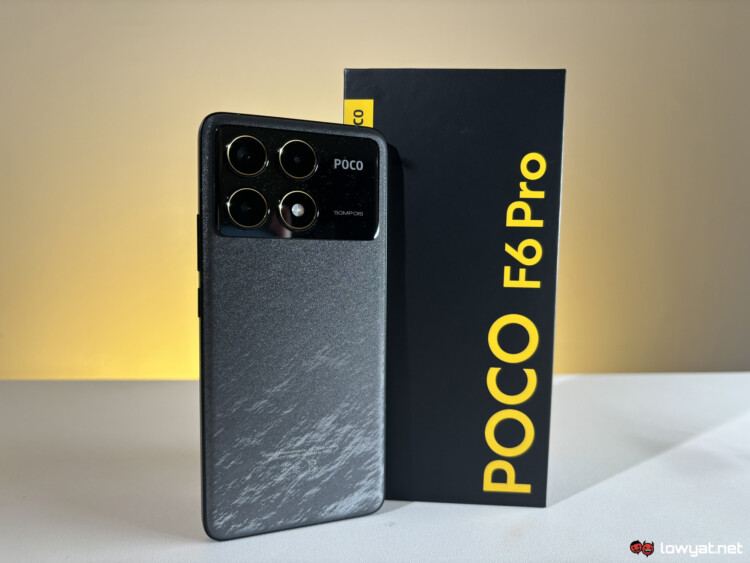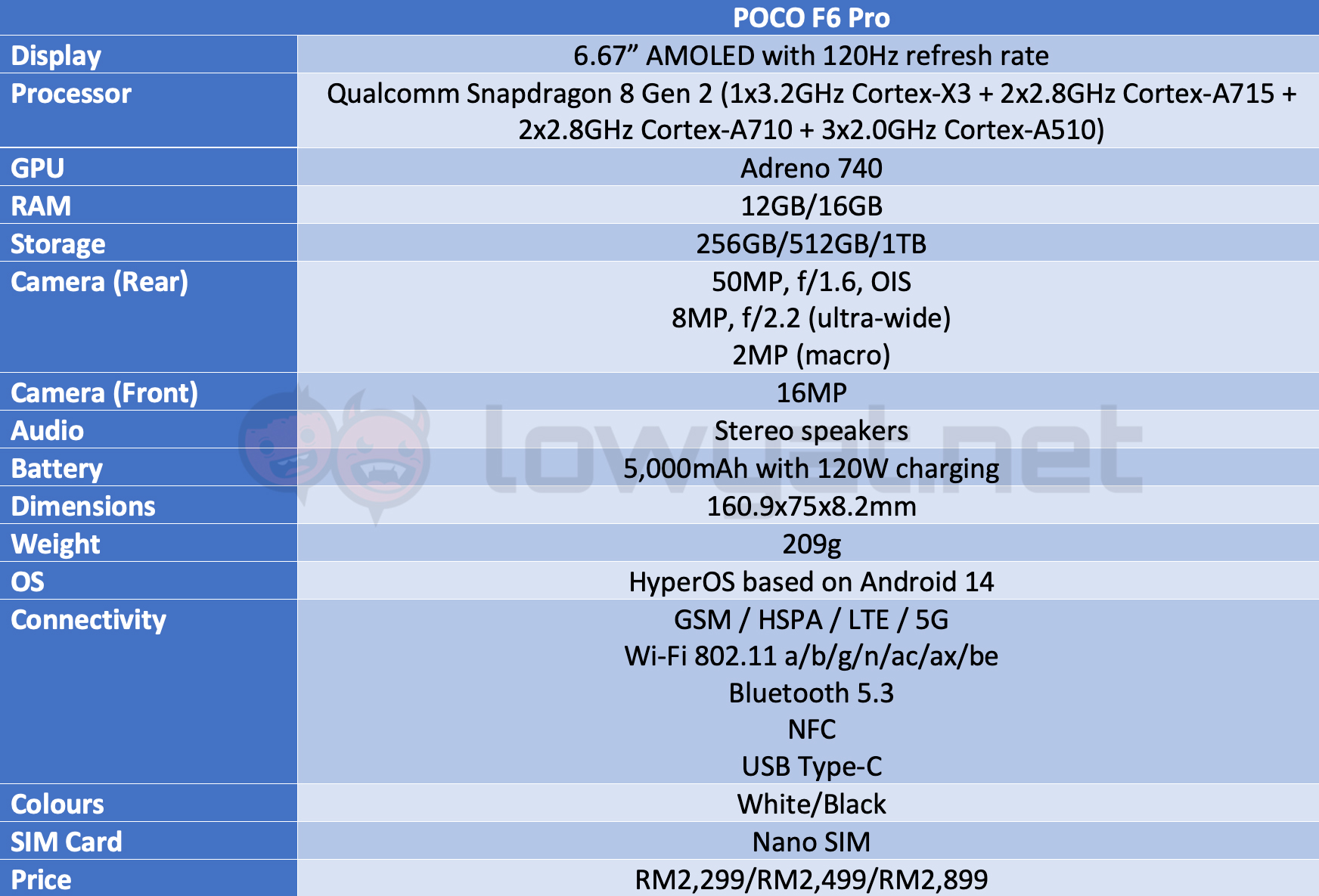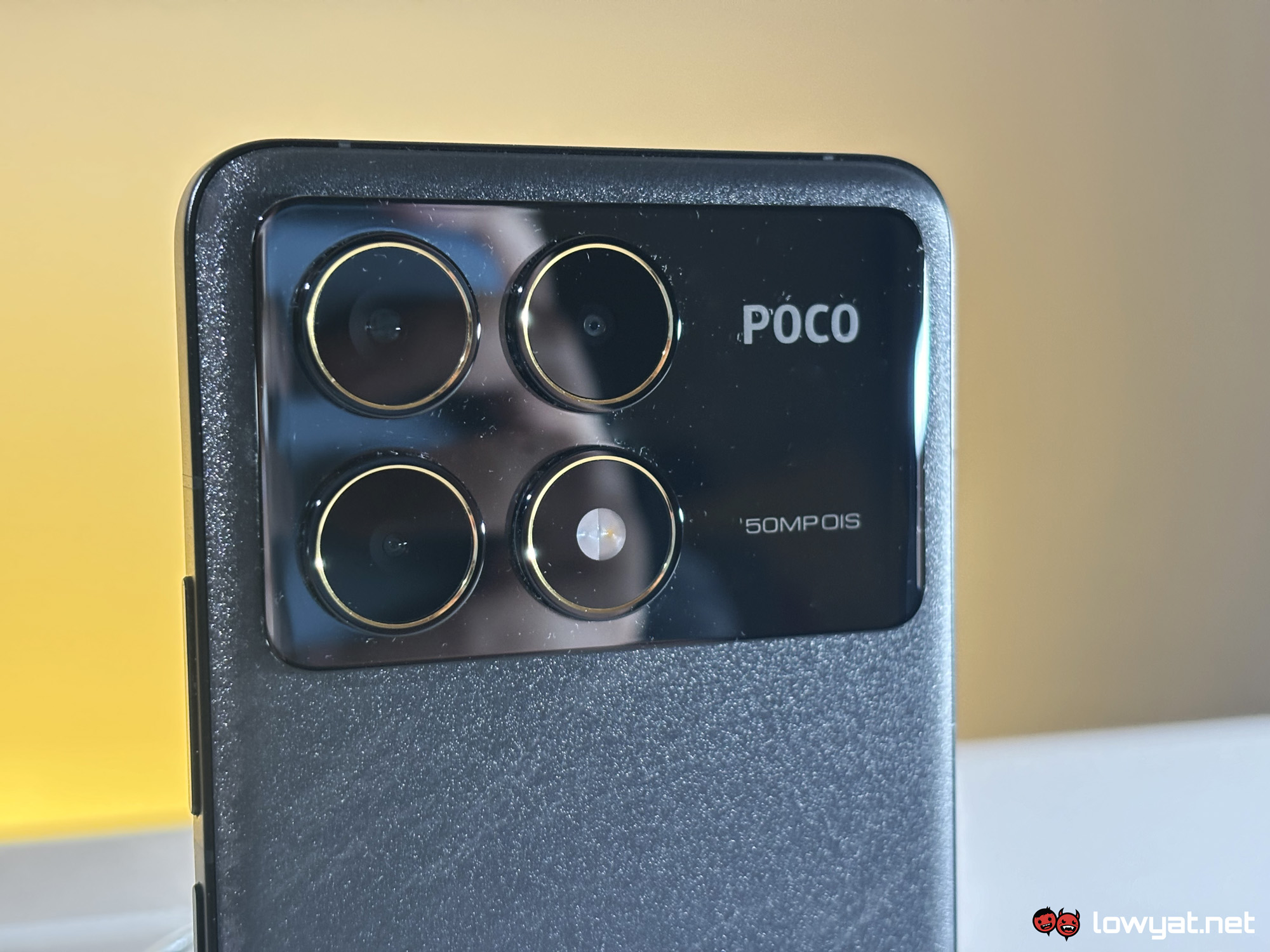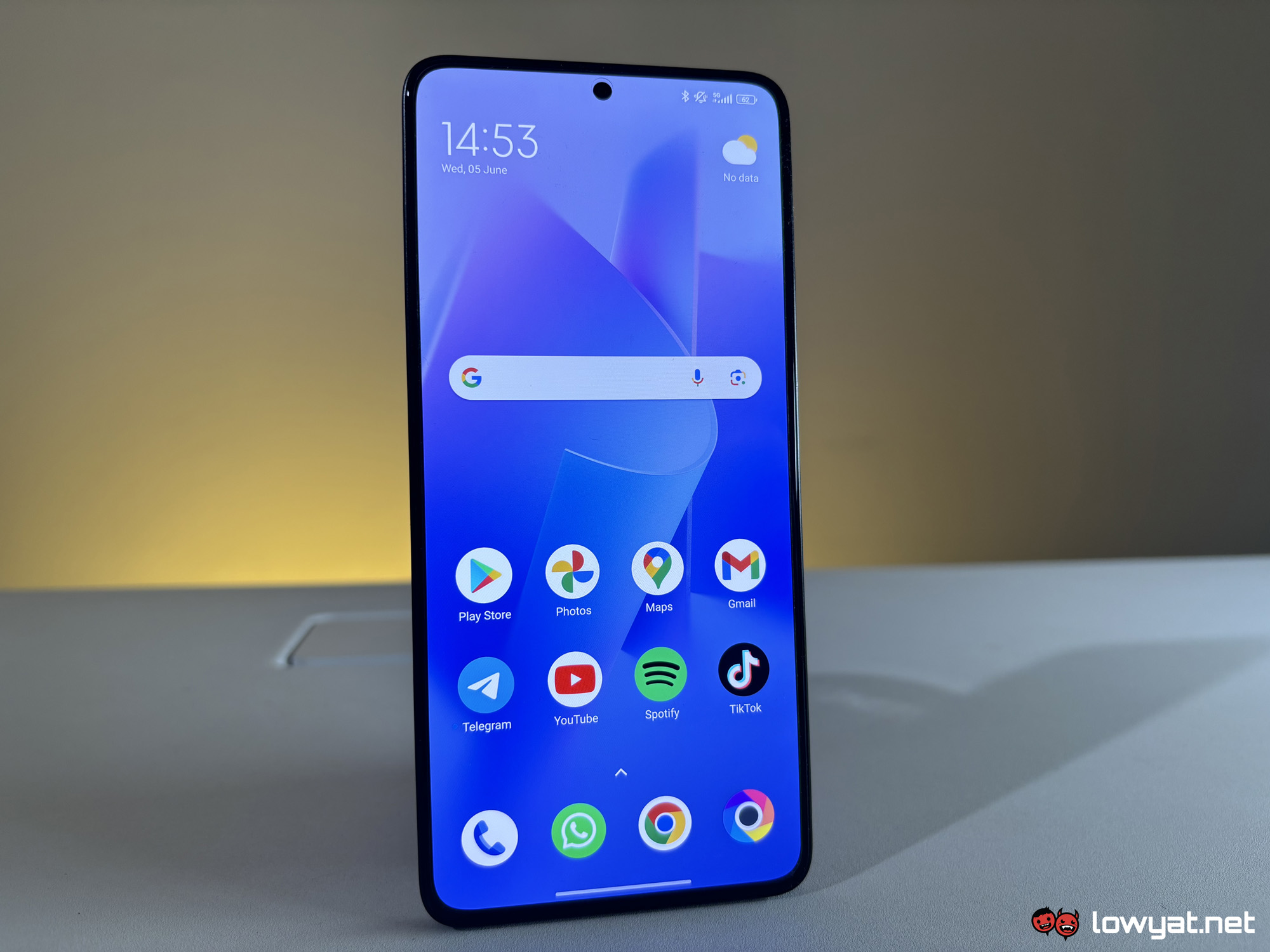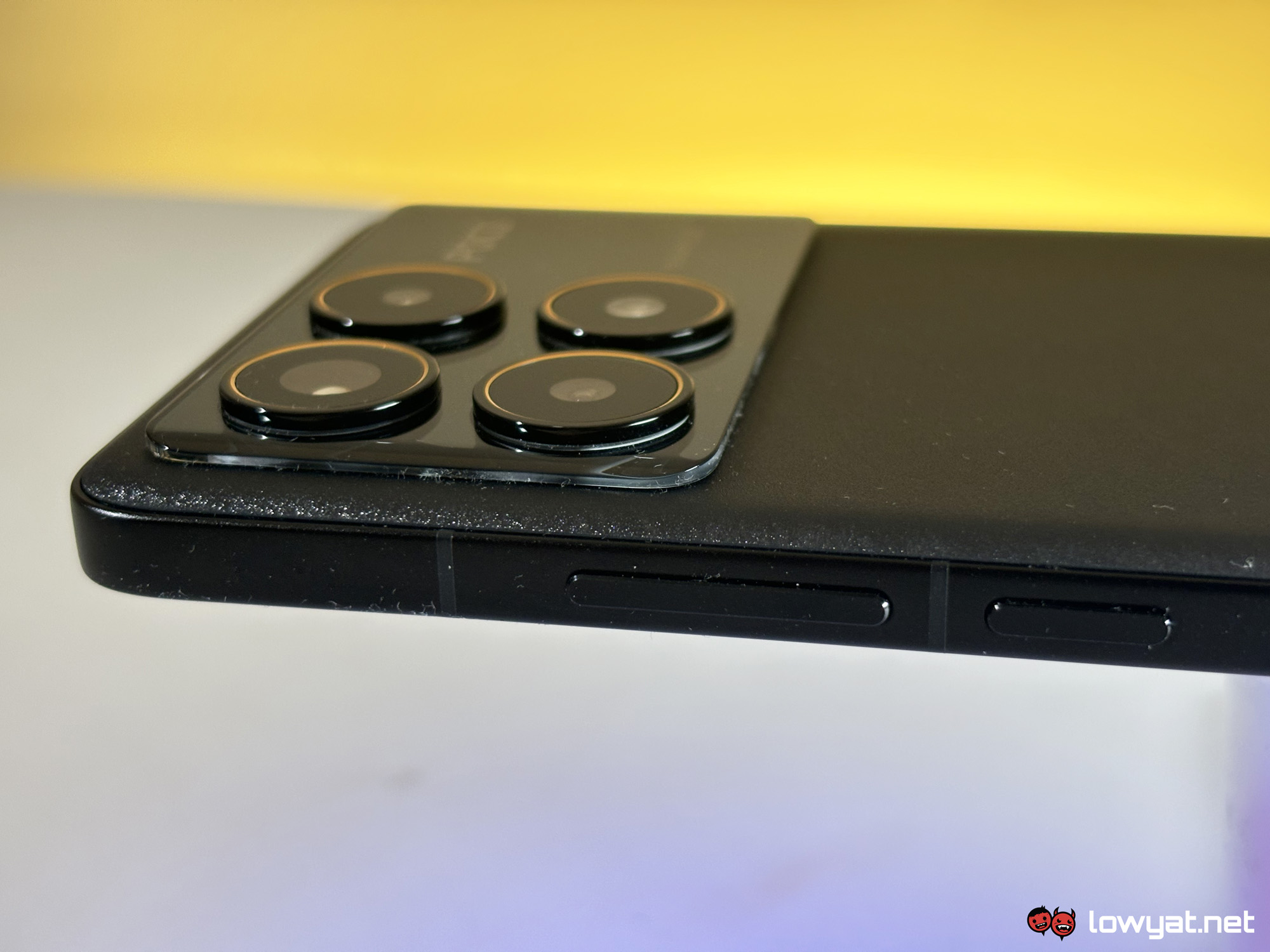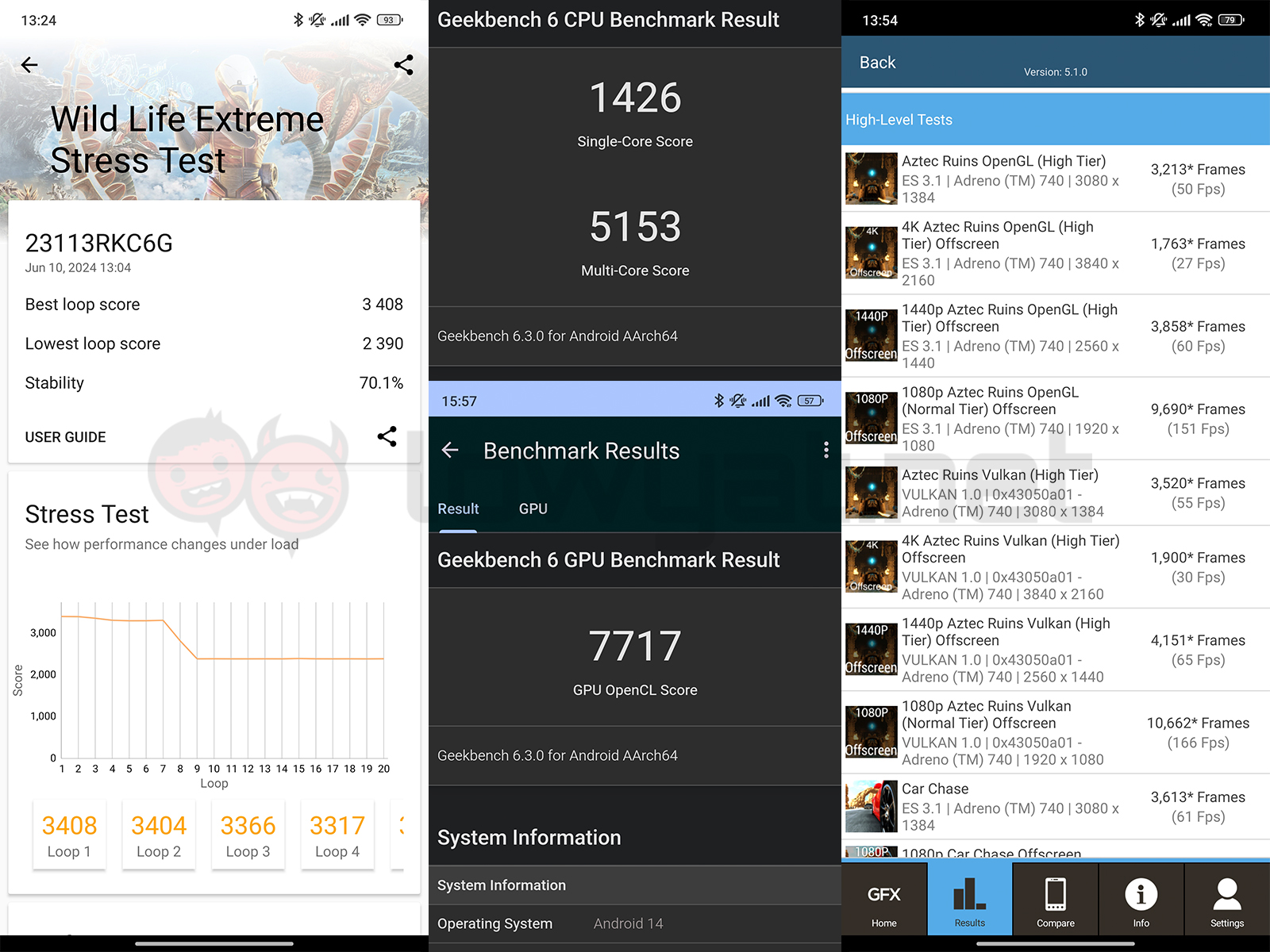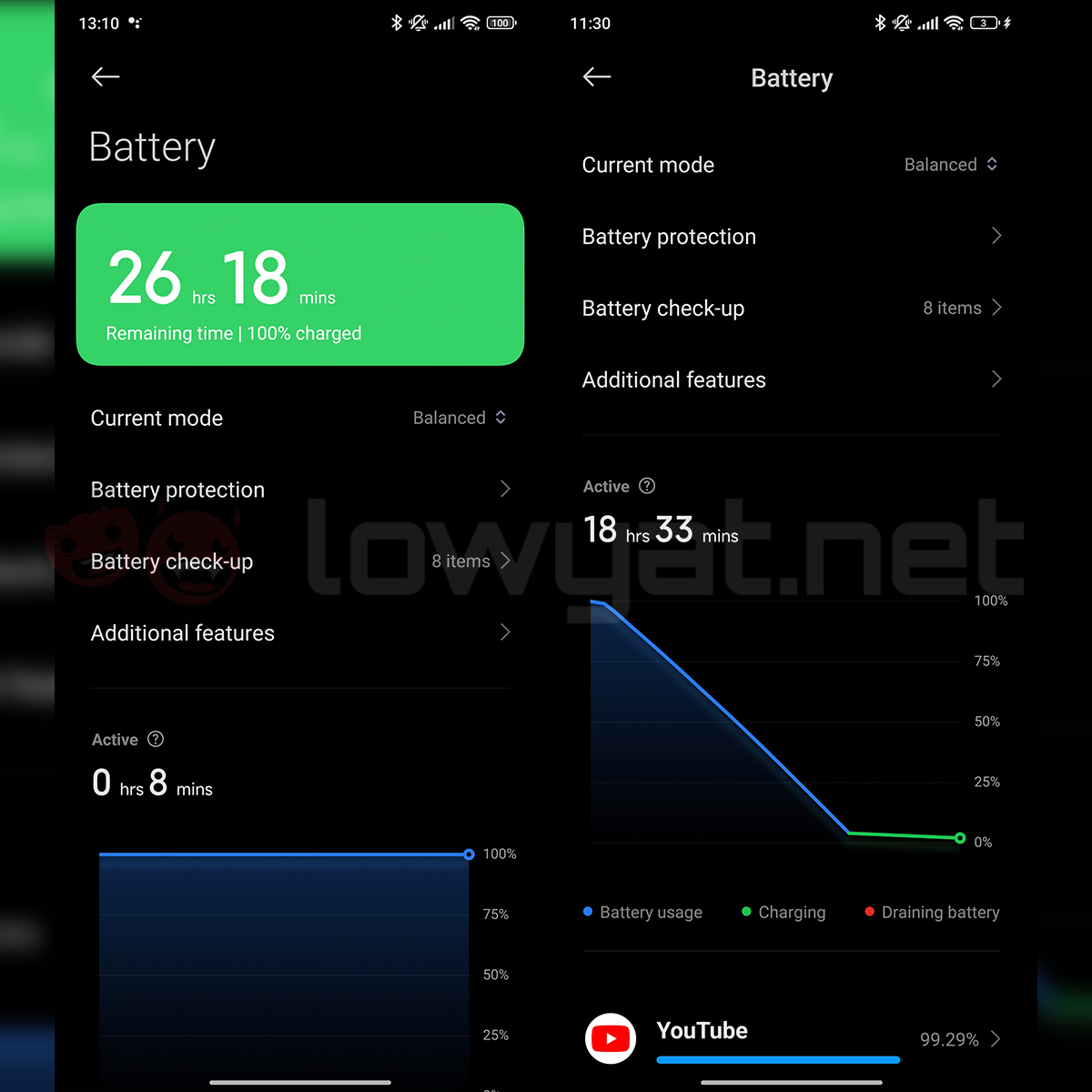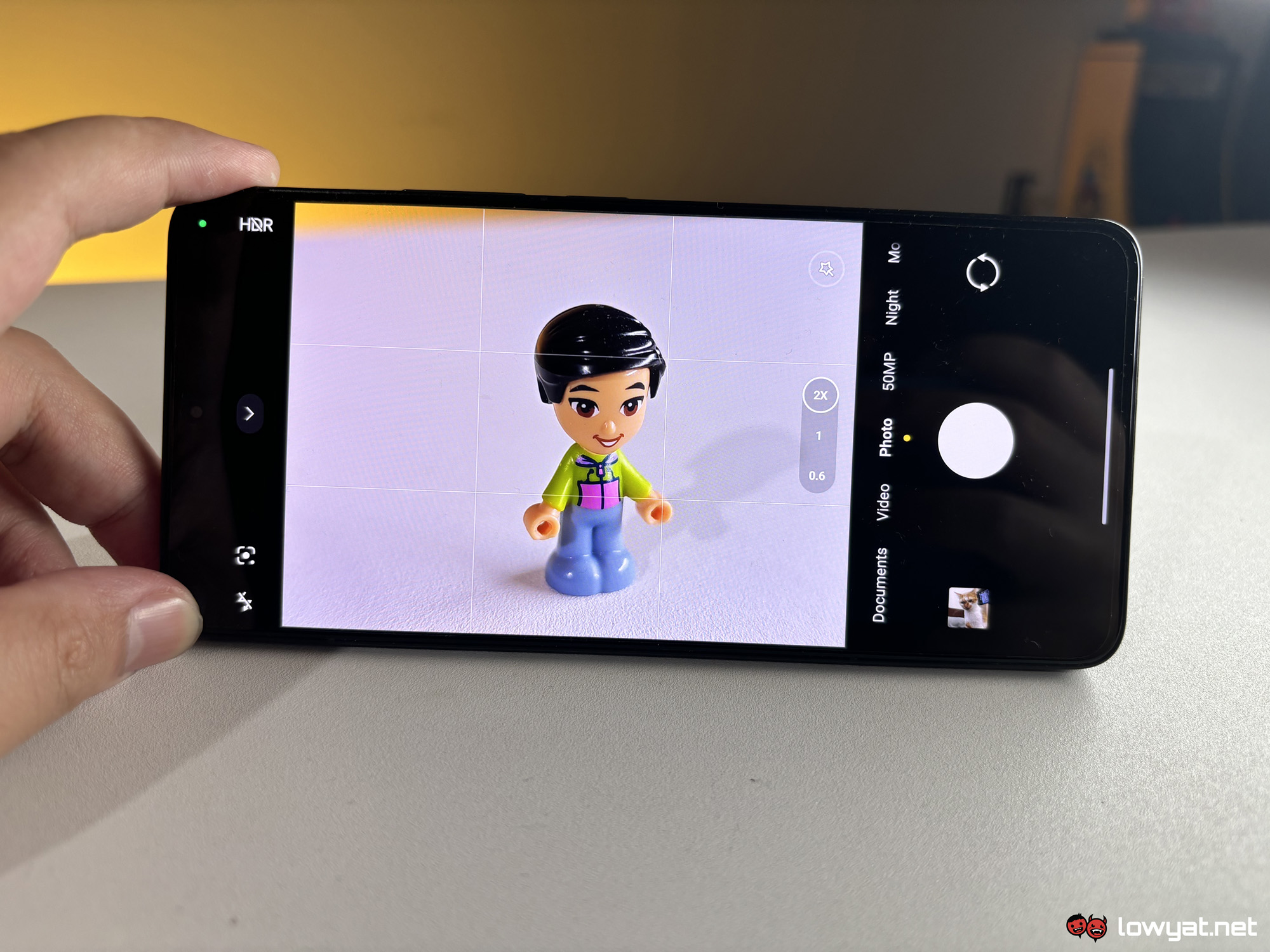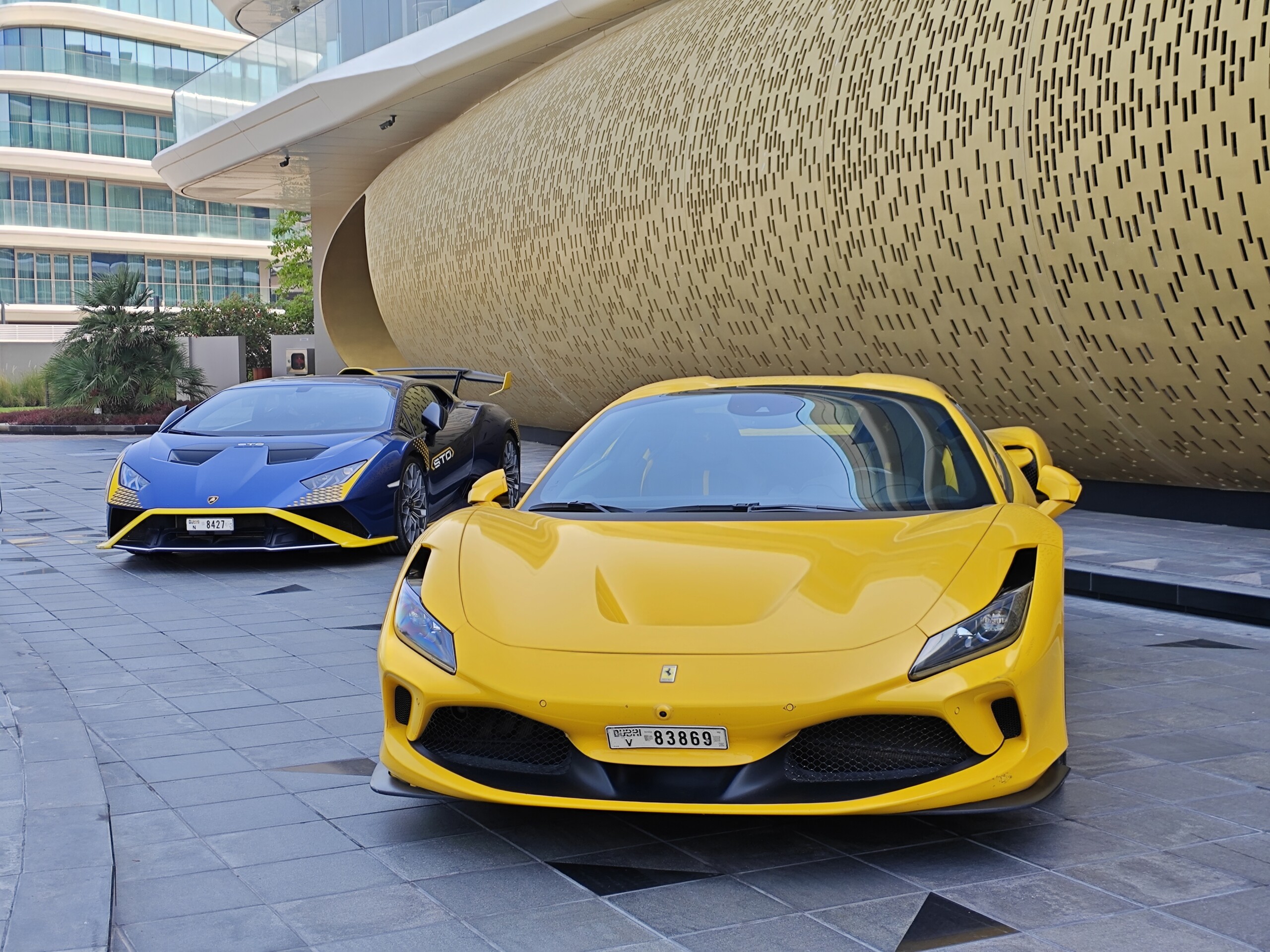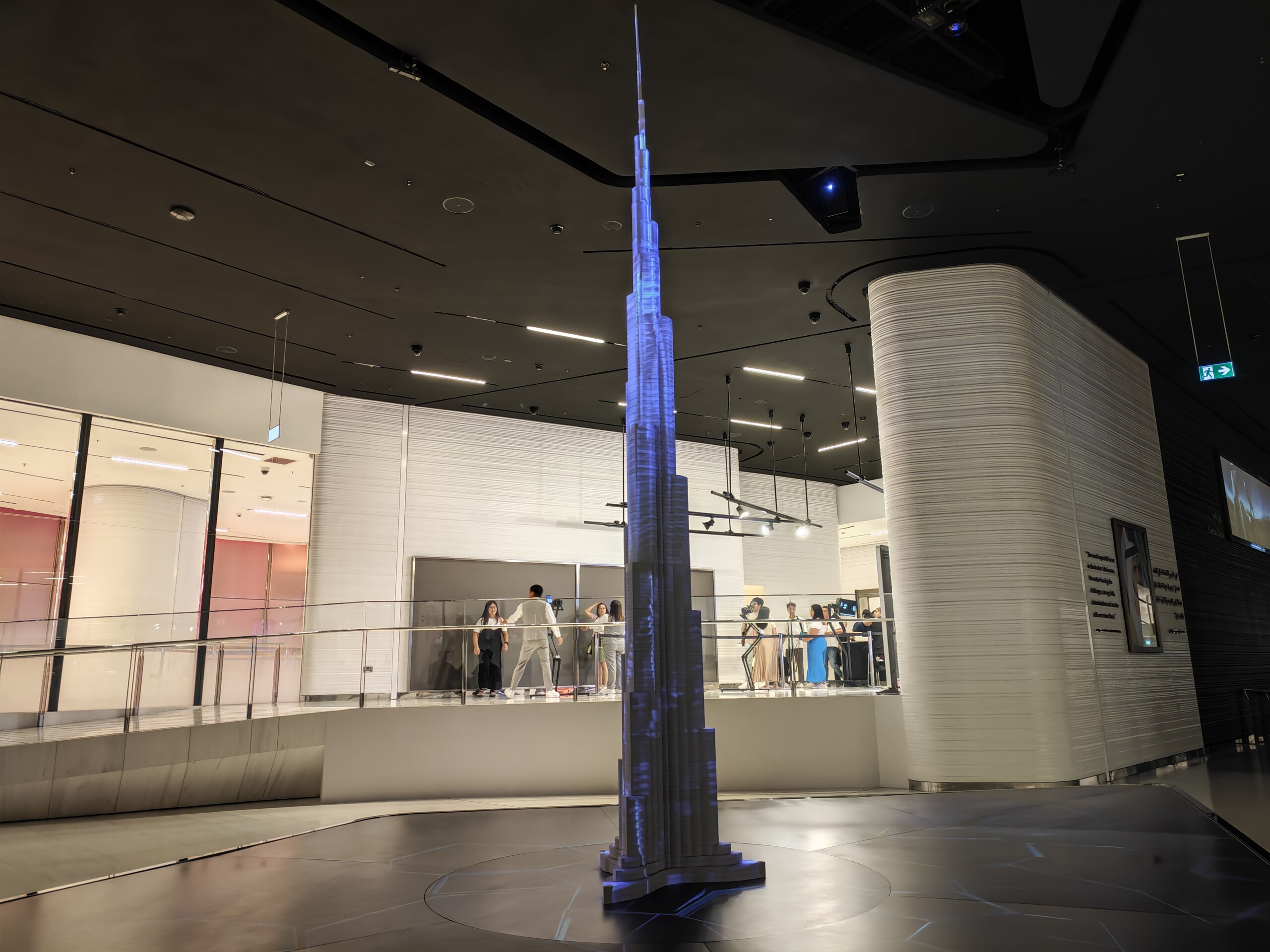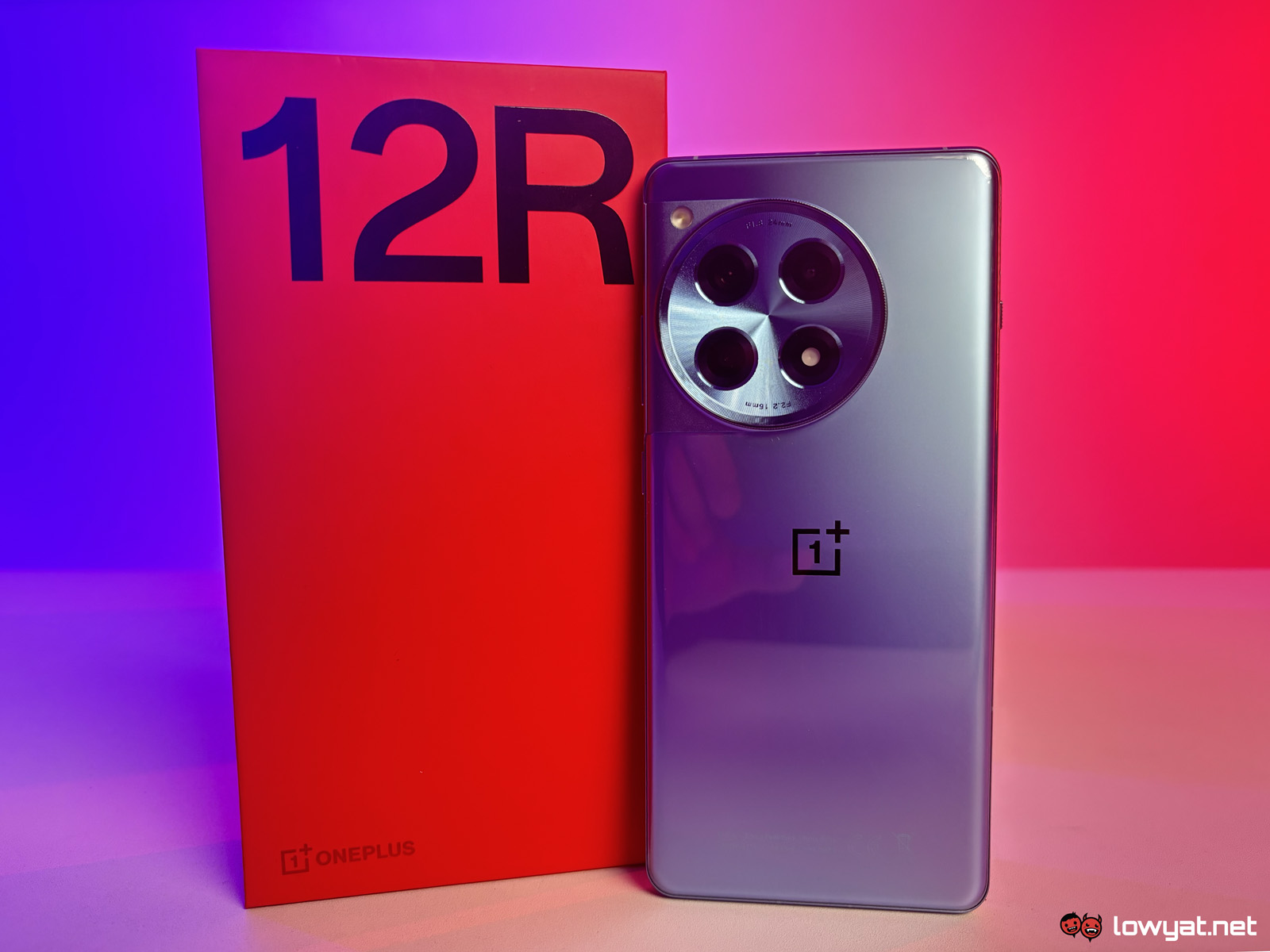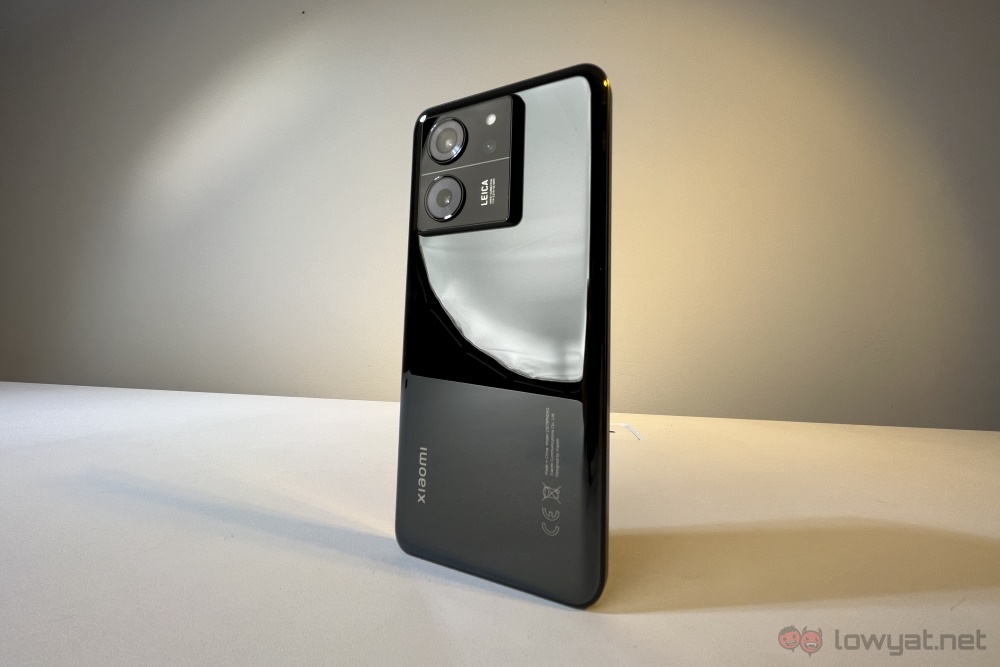What is a flagship? That’s the question I’ve been asking myself while using the new POCO F6 Pro from Xiaomi. The sub-brand calls this phone a flagship because it is currently the best device it has to offer in its arsenal, but it’s fitted with specs from what you would expect to see in a 2023 budget flagship, not one in 2024.
Of course, this isn’t exactly new for POCO as it did practically the same thing with last year’s F5 Pro. This year’s model comes with an updated design, but its formula is unchanged, which is cramming its latest flagship with specs that were considered high-end from the year before and slapping an extremely affordable price tag on it. Does this make it outdated or a great value? Let’s talk about it.
Specifications
The F6 Pro sports a 6.67-inch AMOLED display with a 120Hz refresh rate, a global brightness that reaches 1,200 nits, and a peak HDR brightness of 4,000 nits. It runs on last year’s Qualcomm Snapdragon 8 Gen 2 chipset and can be paired with either 12GB or 16GB of RAM and up to a whopping 1TB of internal storage.
On the optics front, it gets a 50MP camera with OIS and a bigger sensor than the vanilla model, an 8MP ultra-wide lens, a 2MP macro lens, and a 16MP selfie snapper housed in the punch-hole screen cutout. Powering it is a standard-sized 5,000mAh battery with an incredibly fast charging speed of 120W, but it lacks wireless charging support.
On the connectivity side, the phone supports 5G, up to Wi-Fi 7, Bluetooth 5.3, and NFC. For the operating system, it runs on Xiaomi’s HyperOS based on Android 14.
Looks & Functionality
The design of the POCO F6 Pro is now more modern and minimal, with a flat display and a boxy silhouette using flat metal edges. The back of the phone is notably good-looking, with a matte finish and some mildly sandy texture to give it both grip and fingerprint resistance.
It’s nearly praiseworthy until you inevitably notice the big glass camera island, which is constantly filled with visible smudges and dust no matter how much I wipe it down. If you can somehow ignore that, it’s a tame camera bump that doesn’t make the phone wobble too much when used on a flat surface.
The display is a quality panel as always, coupled vivid colours and the standard high refresh rate. Its bezels are nearly uniform but it does have a noticeably fatter chin. As for global brightness, which is the figure that actually matters for outdoor usage, it doesn’t exactly stand out in the world of flagships with a claimed 1,200 nits, but it’s still relatively usable in daylight.
Additionally, the display has what Xiaomi calls “wet touch technology”, which supposedly allows the screen to be used even in the rain. In my hands, it does register contact from wet fingers, but it does nothing to prevent the chaos that arises from false touches brought about by water droplets.
As for the software, HyperOS still has a lot of minor kinks to work out. It’s a very fluid and responsive OS with a relatively minimal OS, and while it does ship with a bunch of bloatware, you can easily delete most of them.
What I find somewhat annoying is how it regularly doesn’t register the first swipe when I’m trying to switch from the status bar to the notification bar. It’s small but when it happens often enough daily, it’s quite irritating. Similarly, you sometimes have to swipe multiple times to delete a notification from the notification bar. These problems are very easy to fix and I hope Xiaomi does end up issuing an update to fix them eventually.
Performance & Battery
At this point, no one’s surprised to find out that, yes, the F6 Pro is a strong performer given that while its chip is nearly two years old, it’s still a high-end Qualcomm SoC. It got similar marks to other phones with this processor but it did manage to thermal throttle a bit less, giving it a more consistent performance.
With a chipset this powerful, it’s going to crush any regular task you throw at it and everyday usage is a smooth experience. I’m a bit perplexed, however, at why the company decided to put the gesture control feature in the vanilla F6 but not the F6 Pro, given that the chips in both phones have nearly identical performance — not that this would have made much of a difference, since my limited encounter with the feature during the launch event saw it being incredibly glitchy.
The battery life on this phone is par for the course, regularly lasting one and a half to two days and making charging very convenient with its lightning-fast 120W charging. I ran it through the usual YouTube streaming endurance test, with the brightness and volume set at 25%, and it lasted just a little over 18 hours. It’s not terrible but its nothing to brag about either, and several phones I’ve tested in recent months have easily surpassed the 20-hour mark.
Camera
The camera is where POCO clearly cut corners in order to get the F6 Pro to its price point. There’s a 50MP camera with OIS, which supposedly absorbs more light than the sensor on its predecessor, and an 8MP ultra-wide lens.
I found that this camera did not have any impressive features or capabilities to talk about, but it gets the job done in most situations. That being said, on the extreme end of both sides, it doesn’t really handle super-bright sunlight or a dark room very well.
On very sunny days with incredibly strong sunlight, the camera gets overwhelmed and the pictures end up an over-exposed, under-saturated mess. Its nighttime performance isn’t as bad as you can get somewhat decent shots in a dark area, but it can be inconsistent regardless of whether or not you turn on dark mode as some pictures will end up with noise either way.
The most noteworthy AI feature on this phone is the AI Expansion tool found in the Gallery app. Similar to what you can find in Google Photos or new OPPO phones, the feature lets you expand an image by filling in the blanks using generative AI. It’s quite useful if your picture has simple colours around the edges but if there are any objects or complex images, expect it to be unusable.
Camera Samples
Competition
OnePlus 12R
The OnePlus 12R is the latest upper mid-range smartphone from the brand, which also offers the Snapdragon 8 Gen 2 in 2024, paired with 16GB of RAM and 256GB of storage. Admittedly, it is significantly more expensive than the POCO F6 Pro, costing a whopping RM900 more for the same amount of storage. With this price difference, you get a bigger battery and a brighter display, but the cameras of the two devices are pretty much on par with each other.
The 12R has a 6.78-inch 120Hz LTPO AMOLED display with a global peak brightness of 1,600 nits. It is powered by a 5,500mAh battery with support for 100W charging. As for the optics, it packs a 50MP main sensor with OIS, an 8MP ultra-wide lens, and a 2MP macro lens.
Xiaomi 13T Pro
While it may be a bit more than half a year old, the Xiaomi 13T Pro can still compete with the new flagship from its sub-brand. Sporting a MediaTek Dimensity 9200 Plus processor, which is as powerful as the Snapdragon 8 Gen 2, the phone launched with a RM2,699 price tag for 12GB of RAM and 512GB of storage, which has since gone down to RM2,499. This means that the 13T Pro and the F6 Pro now cost the same for 512GB of storage.
Regarding the specs, it has a 6.67-inch AMOLED display with a 144Hz refresh rate and a global peak brightness of 1,200 nits. For protection, the 13T Pro gets an IP68 rating while the POCO phone only comes with an IP54 rating. Powering it is a 5,000mAh battery with support for 120W charging.
It has an advantage on the photography front as it comes with a 50MP telephoto lens with 2x optical zoom, something that the F6 Pro lacks. Its other cameras include a 50MP primary sensor with OIS, a 12MP ultra-wide lens, and a 20MP selfie shooter.
Conclusion
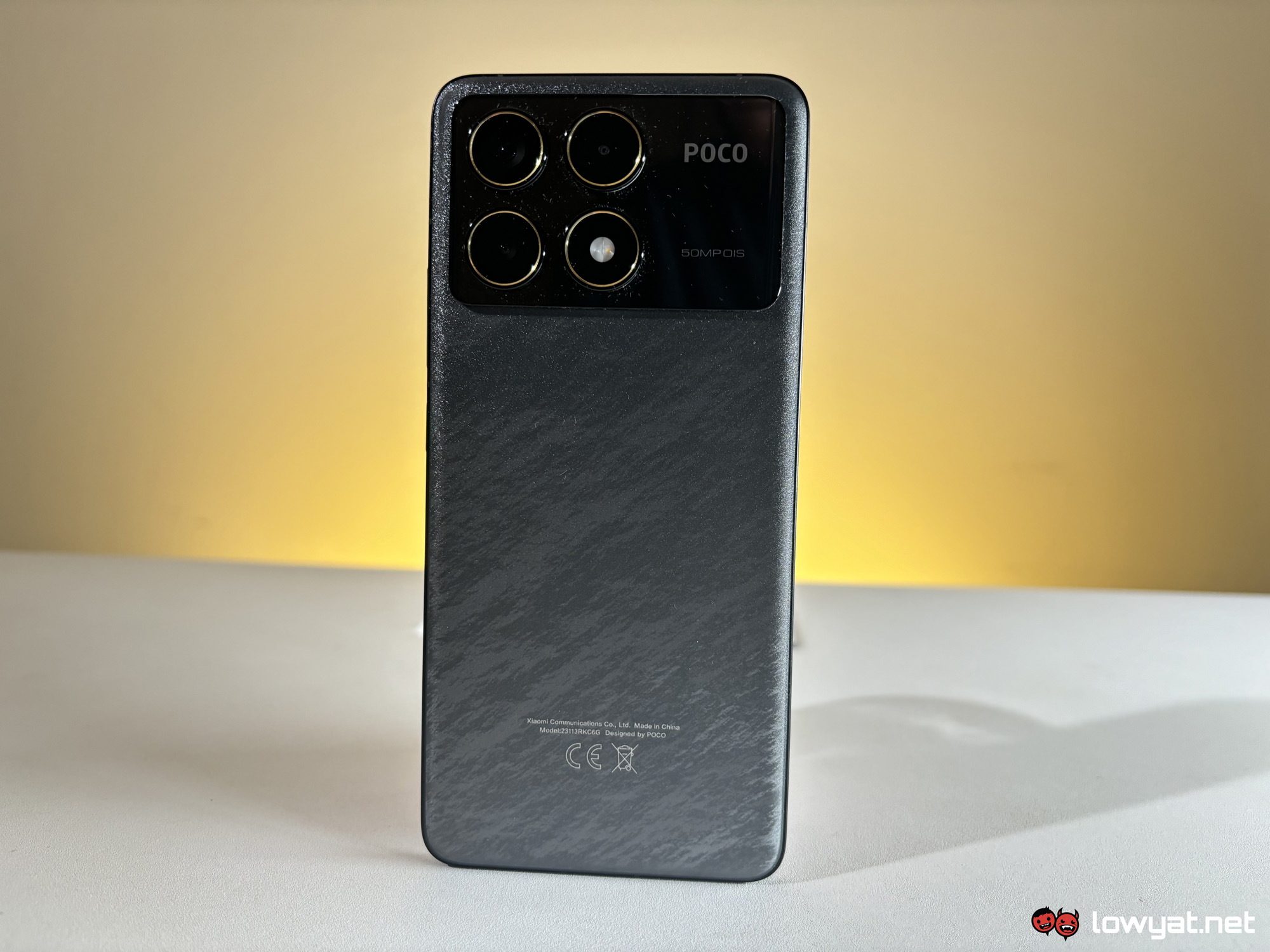 The POCO F6 Pro is probably the cheapest Snapdragon 8 Gen 2 smartphone you can buy right now. Most of its specs aren’t exactly bleeding edge, but its target market isn’t the people who want to splurge on the absolute best smartphone money can buy. Rather, it’s for customers who are looking for something somewhat high-end at an affordable price, even if it doesn’t have exactly all the bells and whistles.
The POCO F6 Pro is probably the cheapest Snapdragon 8 Gen 2 smartphone you can buy right now. Most of its specs aren’t exactly bleeding edge, but its target market isn’t the people who want to splurge on the absolute best smartphone money can buy. Rather, it’s for customers who are looking for something somewhat high-end at an affordable price, even if it doesn’t have exactly all the bells and whistles.
Nothing about this phone will shock and amaze you, but it’s definitely a smooth and reliable daily driver that gets you a lot of bang for your buck. The battery life will get you through the whole day with ease, you won’t experience any lagging with normal usage, the display is great for viewing content, and the camera is good enough in many circumstances. In short, a highly reasonable purchase.
Follow us on Instagram, Facebook, Twitter or Telegram for more updates and breaking news.


